# scrutiny
12 posts in `scrutiny` tag
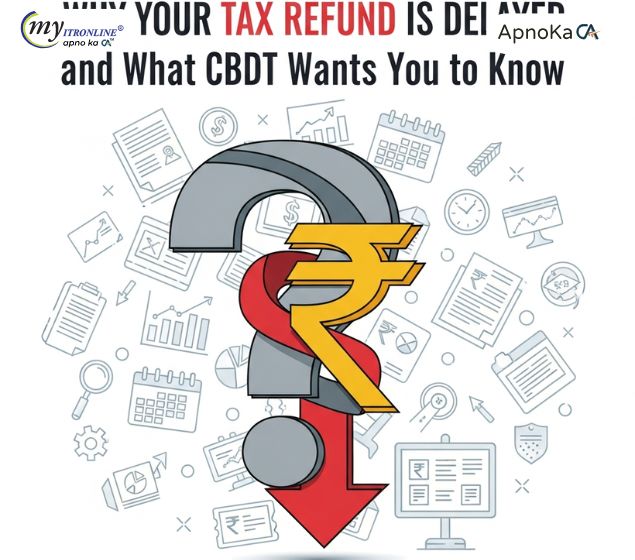
Why Your Tax Refund Is Delayed and What CBDT Wants You to Know
Many taxpayers are waiting for refunds, especially where the refund is large. The Central Board of Direct Taxes (CBDT) is closely checking high-value and flagged returns to stop fake claims and tax cheating. This guide explains the main reasons for delays, which cases get compulsory scrutiny, and simple steps you can take now to clear your refund faster.
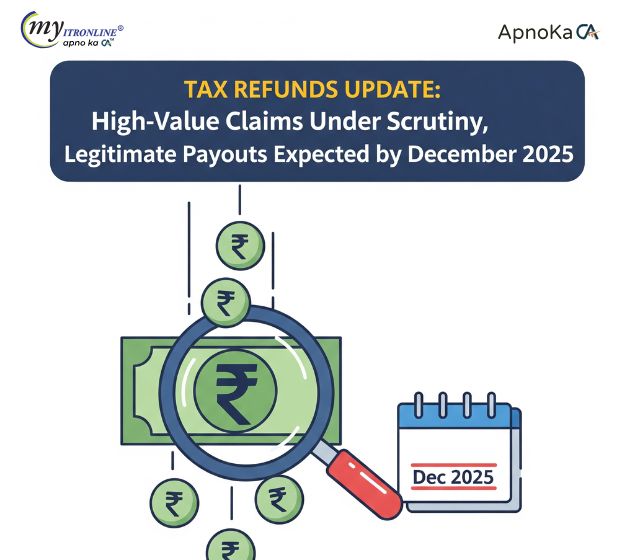
Tax Refunds Update: High-Value Claims Under Scrutiny, Legitimate Payouts Expected by December 2025
The Income-Tax Department is closely reviewing high-value refund claims flagged for potential discrepancies. While smaller refunds are already being processed, CBDT Chairman Ravi Agrawal has assured taxpayers that legitimate high-value payouts will be cleared by December 2025. Refund claims worth ₹2.42 lakh crore have been filed till November 10, showing an 18% drop from last year. The department has also increased appeal disposals by 40% and remains confident of meeting its ₹25.20 lakh crore direct tax collection target for FY26, supported by 6.99% growth. Leveraging AI-powered tools, the CBDT is enhancing compliance, monitoring taxpayer behavior, and identifying potential evasion
.jpg)
Taxpayer Alert! Decoding Income Tax Department's New Rules for FY 2025-26
The Income Tax Department is making significant updates and tightening compliance for FY 2025-26 (AY 2026-27). This blog post serves as an important "taxpayer alert." It explains key changes, such as the mandatory Aadhaar-based verification for updates to the e-filing portal and PAN applications. There is also a stronger emphasis on computer-assisted scrutiny (CASS) for certain types of returns, including survey/search cases, ITR-7 filers, recurring additions, and intelligence alerts. Additionally, it provides information on expected delays in ITR refunds due to outstanding demands and technical upgrades. The focus on HRA claims will tighten, especially those that involve family members. It highlights the need for proactive compliance, careful record-keeping, and timely responses to avoid penalties and ensure a smooth tax experience.
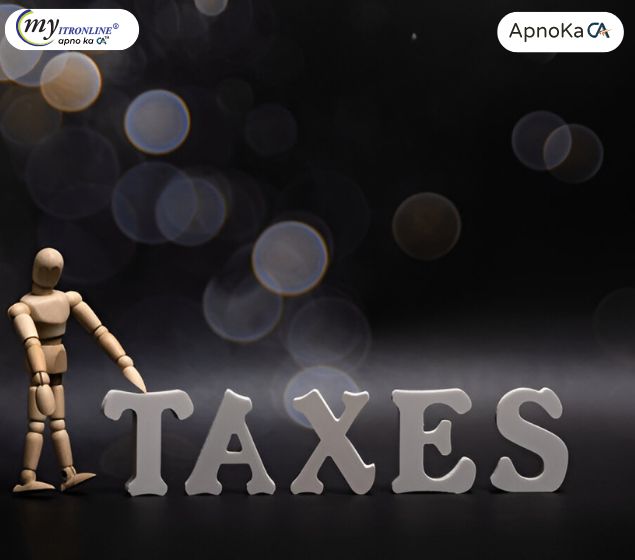
Claiming 80E: Education Loan Interest Tax Deduction Guide
This comprehensive blog post demystifies Section 80E of the Indian Income Tax Act, which allows individuals to claim deductions on the interest paid on education loans. It details who can claim, eligible loans, the eight-year deduction window, and the crucial distinction between principal and interest. The post emphasizes the importance of accurate documentation, such as annual interest certificates, and provides actionable strategies to match figures with lender data and navigate ITR forms correctly, thereby avoiding common pitfalls that lead to tax scrutiny. Ultimately, it equips taxpayers with the knowledge to maximize their Section 80E benefits confidently.
.jpg)
Income Tax Notice under Section 143(2): Meaning, Scrutiny Process, Deadlines & Response Guide
Have you received a notice under Section 143(2)? Don’t panic. This blog explains what it means, why it’s issued, the deadlines to track, and how to respond effectively ensuring you're well-prepared for any scrutiny with confidence.
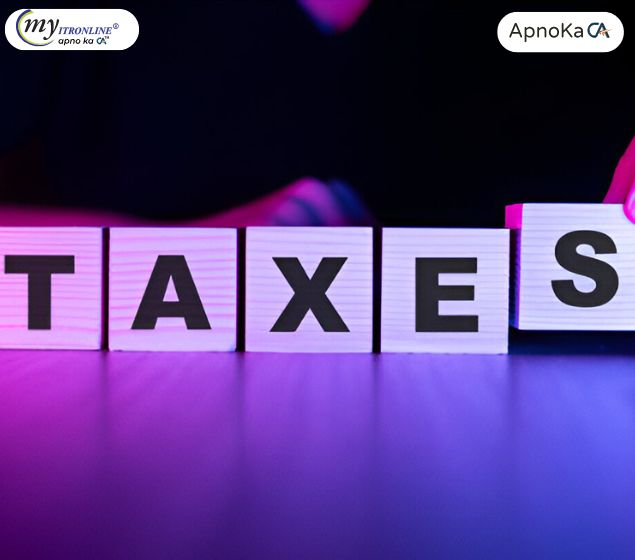
ITR Scrutiny Notice u/s 143(2) for AY 2024-25: Don't Panic! Your Step-by-Step Guide to Responding
The Income Tax Department has begun dispatching scrutiny notices under Section 143(2) for AY 2024-25. This blog provides a detailed guide on understanding these notices, common reasons for their issuance, a step-by-step response strategy, and essential tips to prevent future scrutiny, ensuring taxpayers can navigate the process effectively.
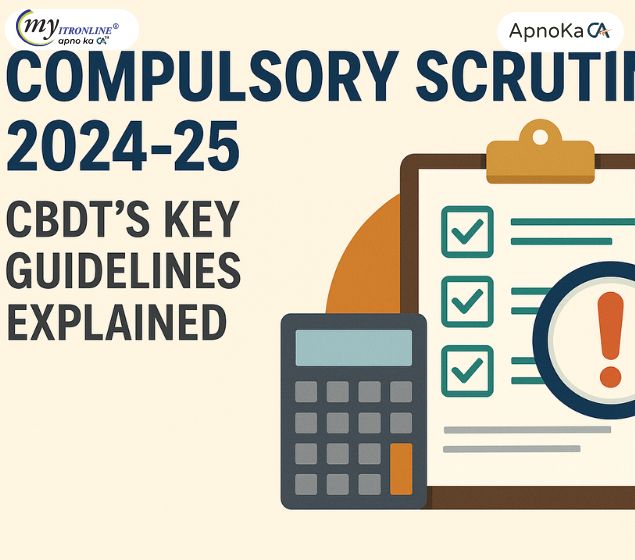
CBDT's Compulsory Scrutiny: A Quick Guide for FY 2025-26
This concise guide explains CBDT's compulsory scrutiny guidelines for FY 2025-26. It outlines the specific high-risk scenarios that can lead to a detailed income tax examination, such as search operations, credible information of tax evasion, or large refund claims. The synopsis highlights that selected taxpayers will receive a Section 143(2) notice for complete, often faceless, scrutiny and advises preparedness and seeking professional help.

200% Fine & Prosecution: What New ITR Rules Mean for You
This blog post warns taxpayers about the updated ITR regulations, highlighting the drastic consequences of under-reporting or misreporting income, including a 200% penalty and potential criminal prosecution. It explains why the Income Tax Department is increasing scrutiny through data analytics and detailed ITR forms, and provides essential steps for taxpayers to ensure compliance and avoid severe financial and legal repercussions.

Section 194C Explained: TDS on Contractor Payments & How to Report It in Your ITR
This blog post serves as a complete and detailed guide for businesses and individuals to understand Section 194C of the Income Tax Act, 1961. It explains TDS obligations on payments to contractors, outlines applicable rates and thresholds, and most importantly, teaches how to correctly report these deductions in your Income Tax Return (ITR). From verifying Form 26AS and AIS to avoiding mismatch notices, this article helps you ensure compliance, avoid scrutiny, and maintain a clean tax record.

Recognizing and Addressing Income Tax Department Unpaid TDS Notices
This blog article offers a thorough explanation of how to reply to TDS notices that are outstanding and are delivered by India's income tax department. It goes over the justifications for these notifications, how to verify them, and a methodical process for properly replying to them. The article also describes the various letters that the income tax agency may send you as well as how to stay out of trouble with the law.

Understanding Scrutiny Assessment under Income Tax Section 143(3) - A Comprehensive Guide
This blog post provides a comprehensive guide to Scrutiny Assessment under Income Tax Section 143(3), including its purpose, time limit, notice, and hearing process. It helps taxpayers understand the importance of complying with the income tax laws and avoiding penalties.

Understanding the Section 143(2) Notice Time Limit: An Overview for Taxpayers
The time limit for issue of notice under Section 143(2) of the Income-tax Act, 1961, is six months from the end of the financial year in which the return of income is filed. This time limit can be extended by the Commissioner of Income-tax or the Chief Commissioner of Income-tax, as the case may be, for a period not exceeding six months. Taxpayers must comply with the notice issued by the AO within the prescribed period to avoid adverse consequences.
